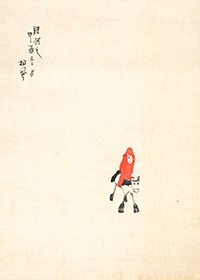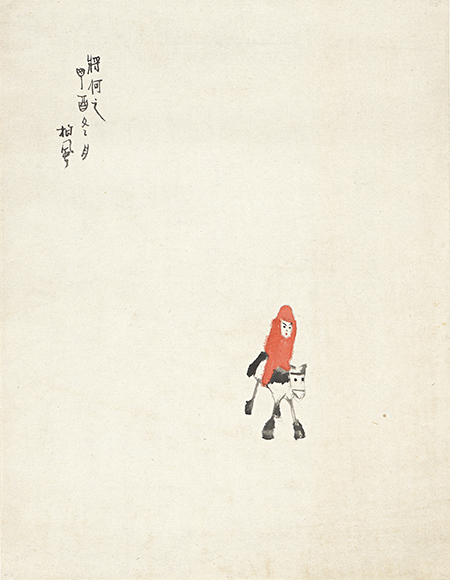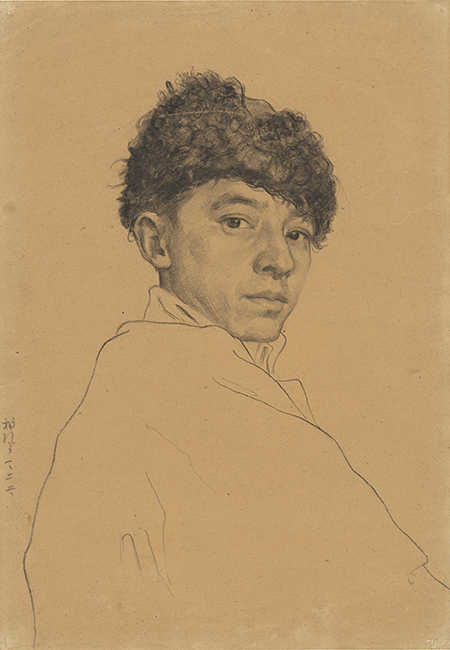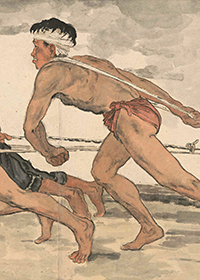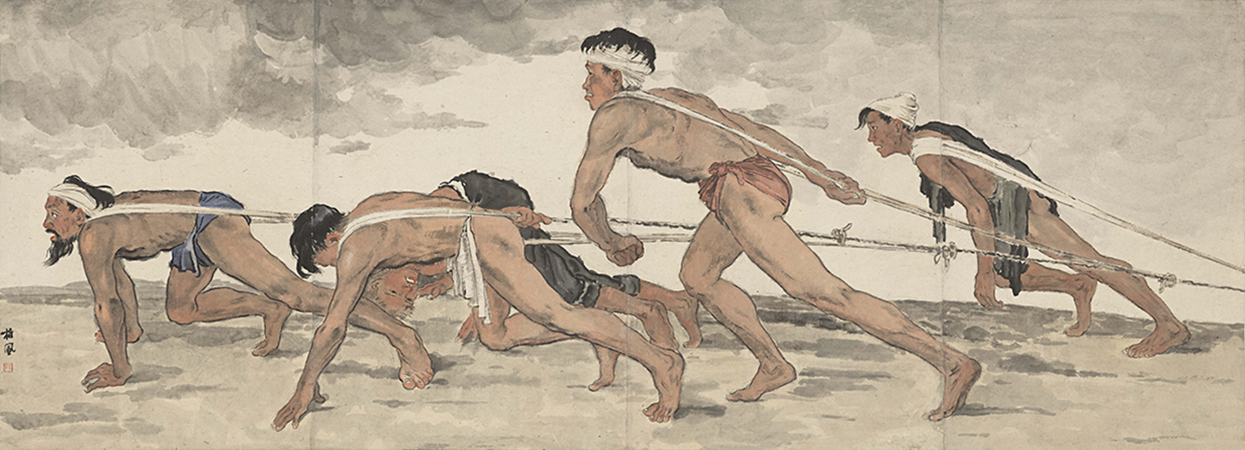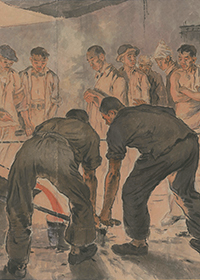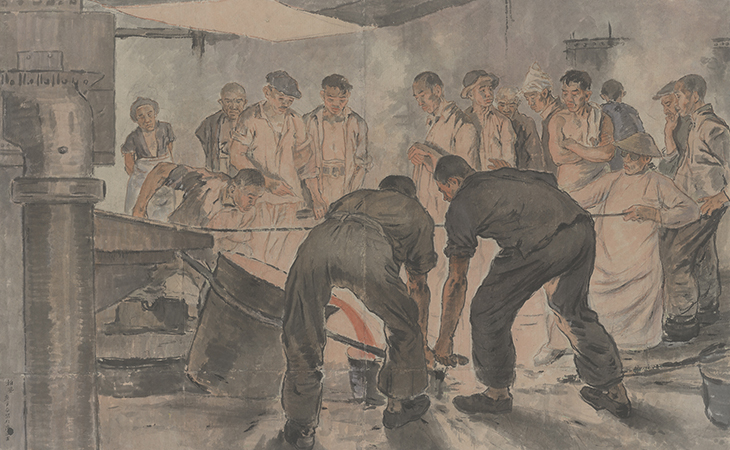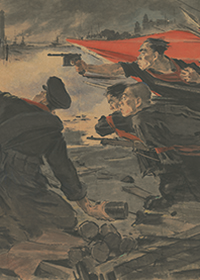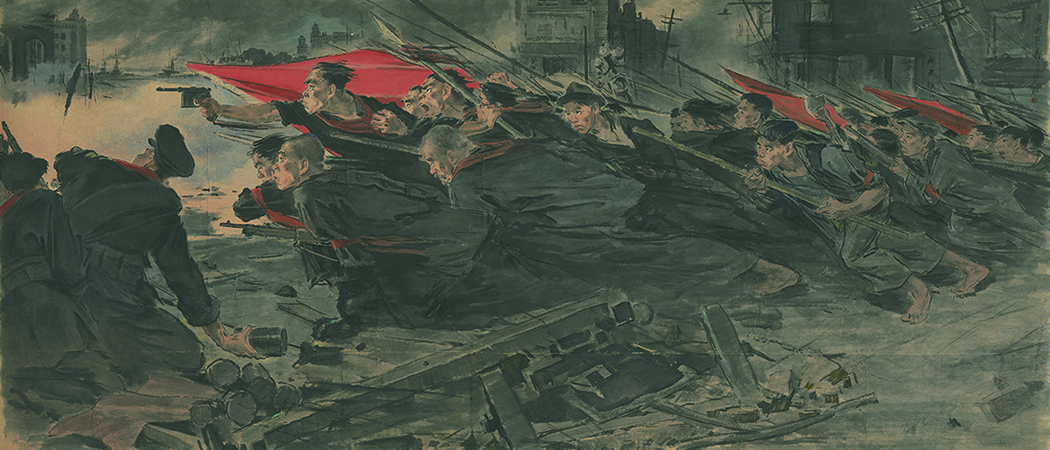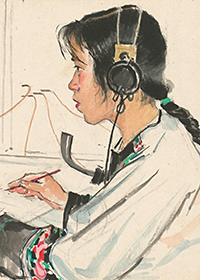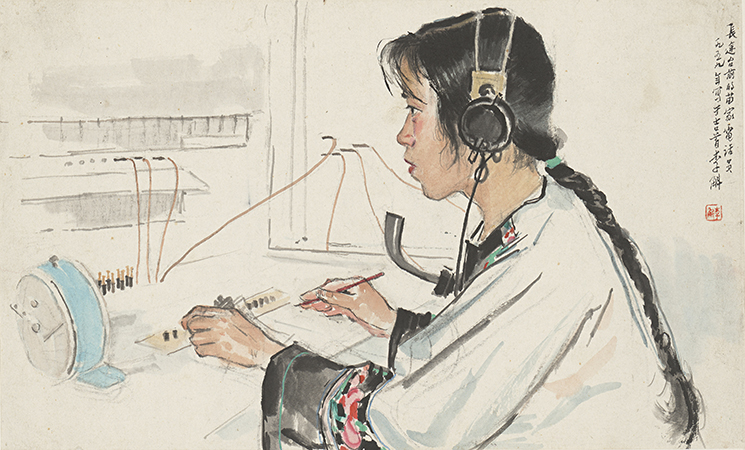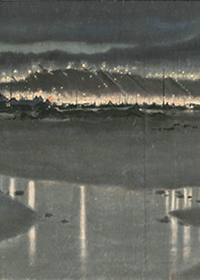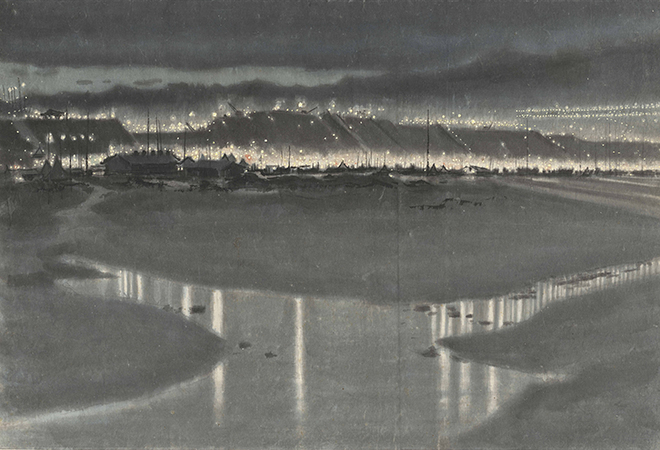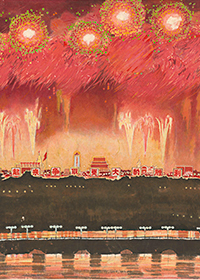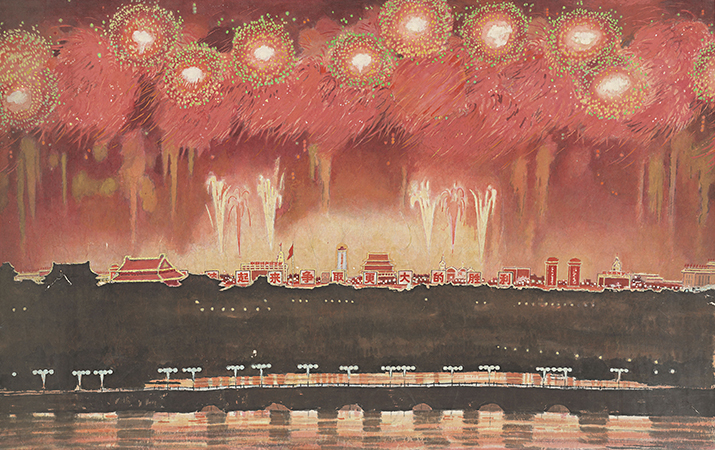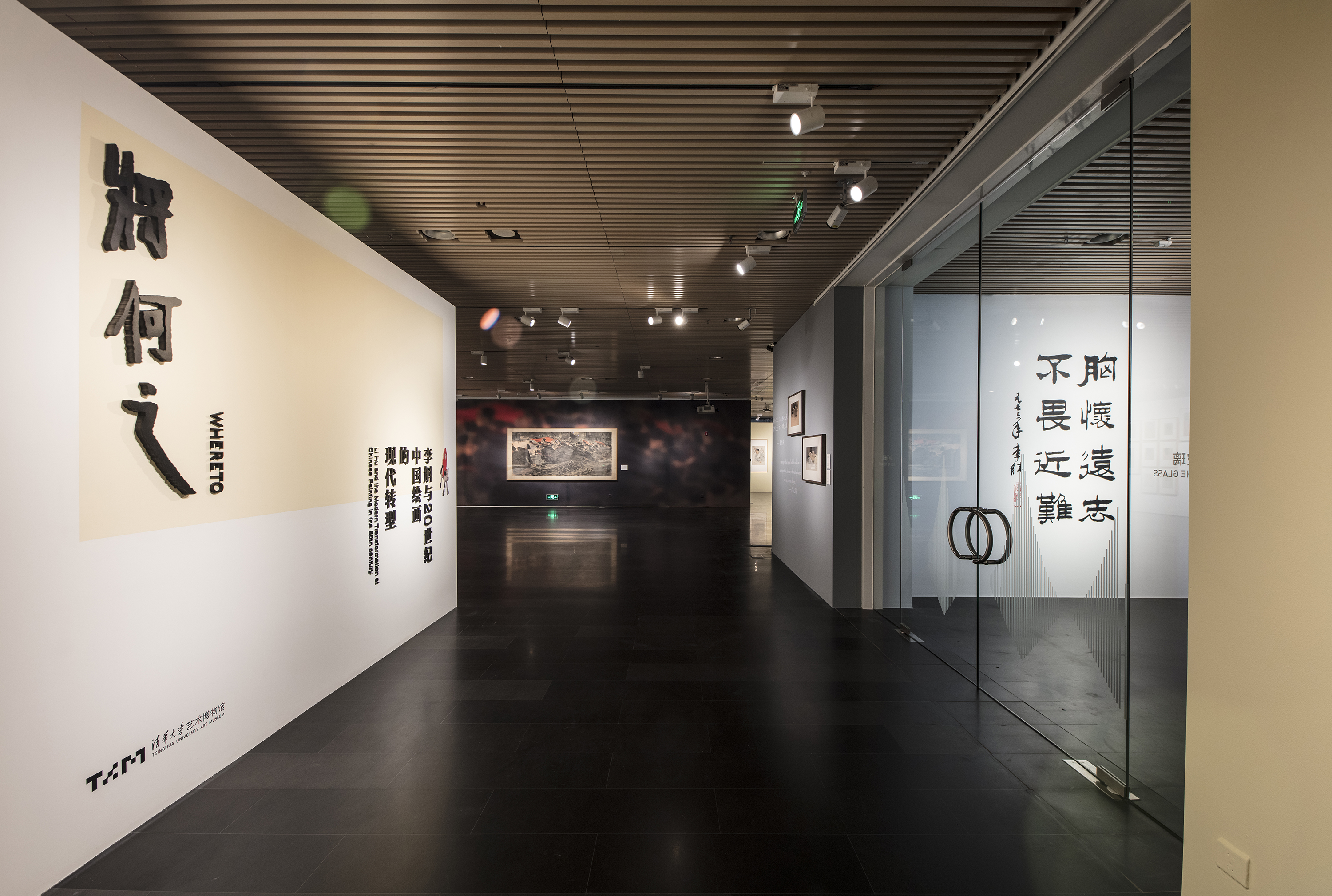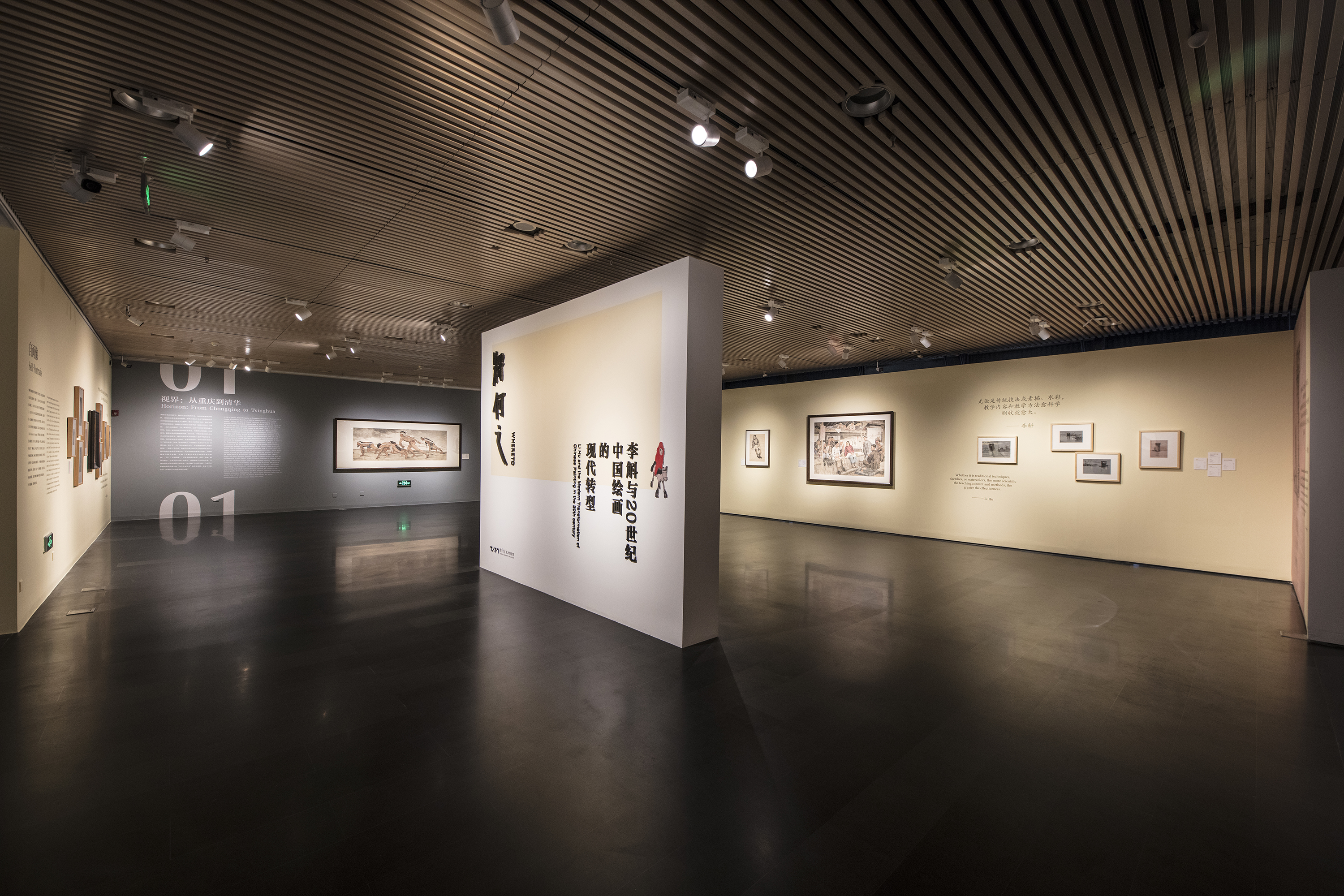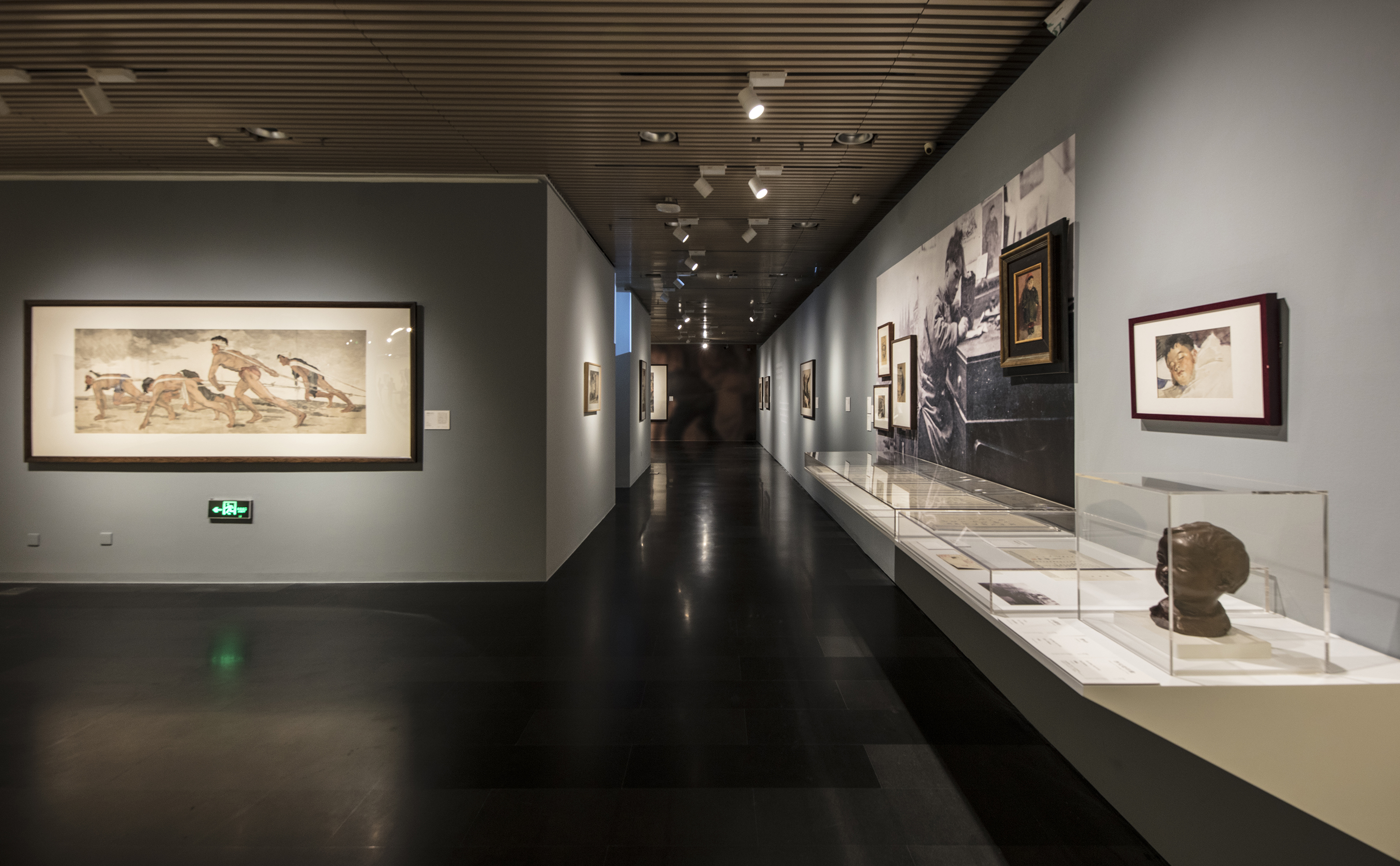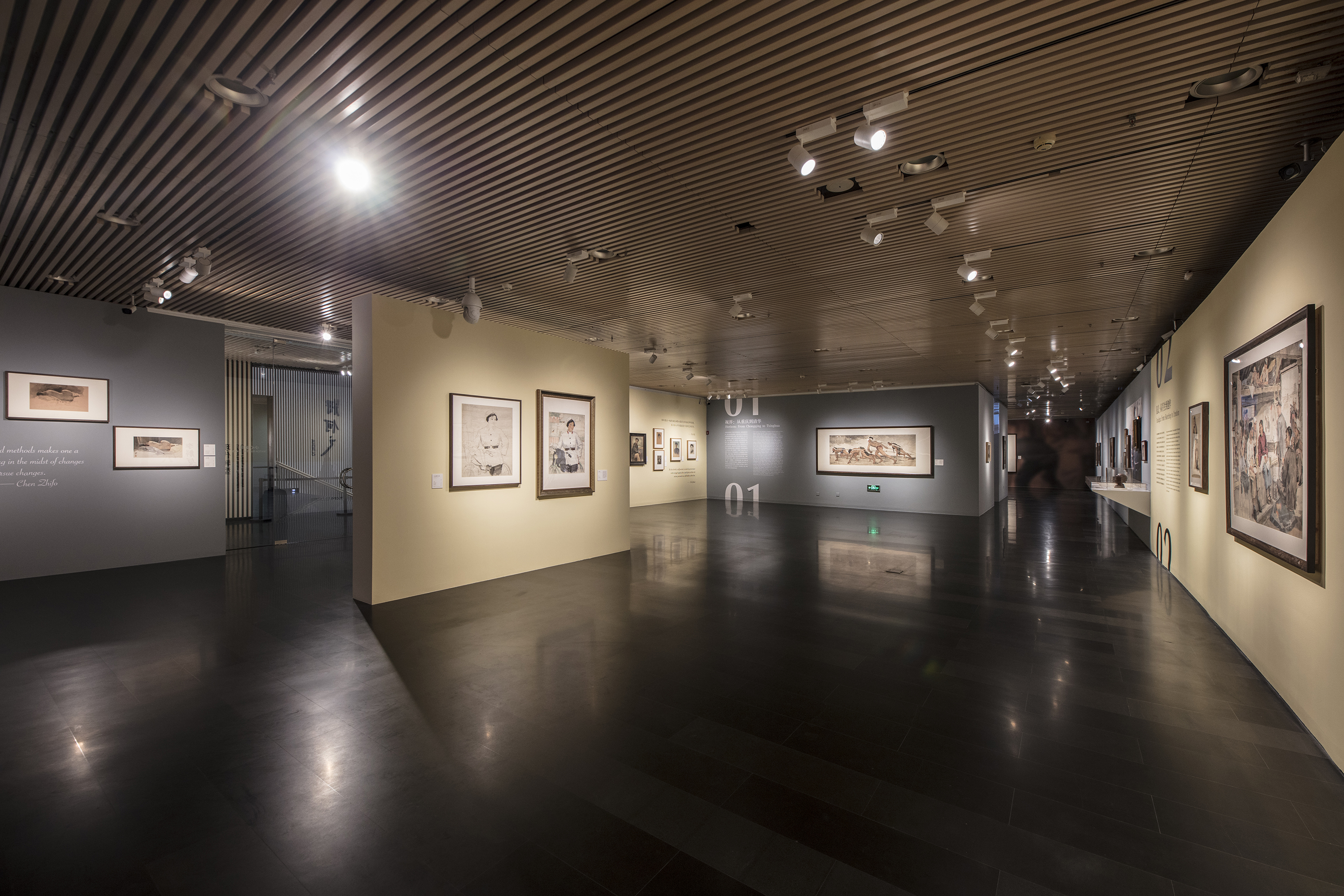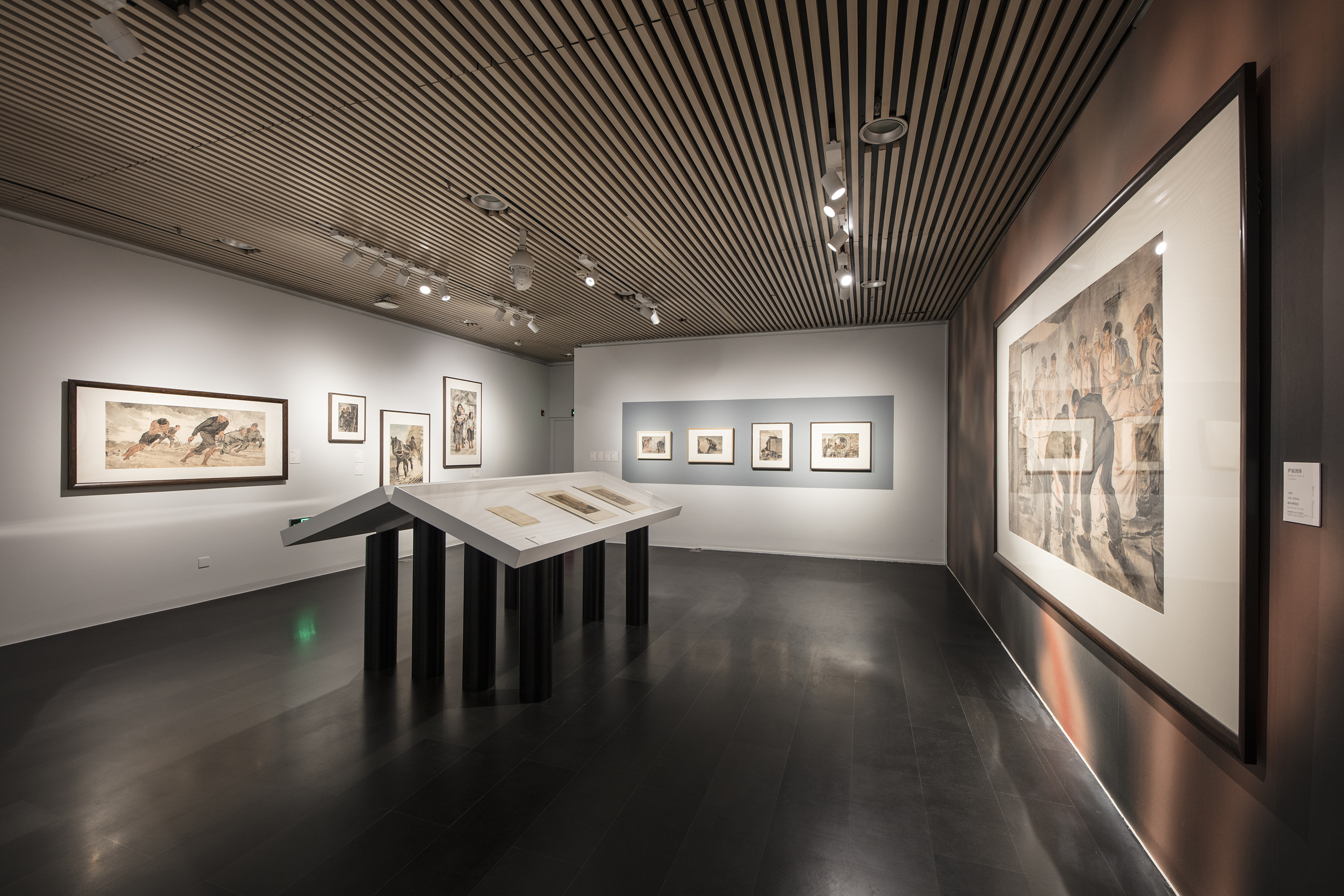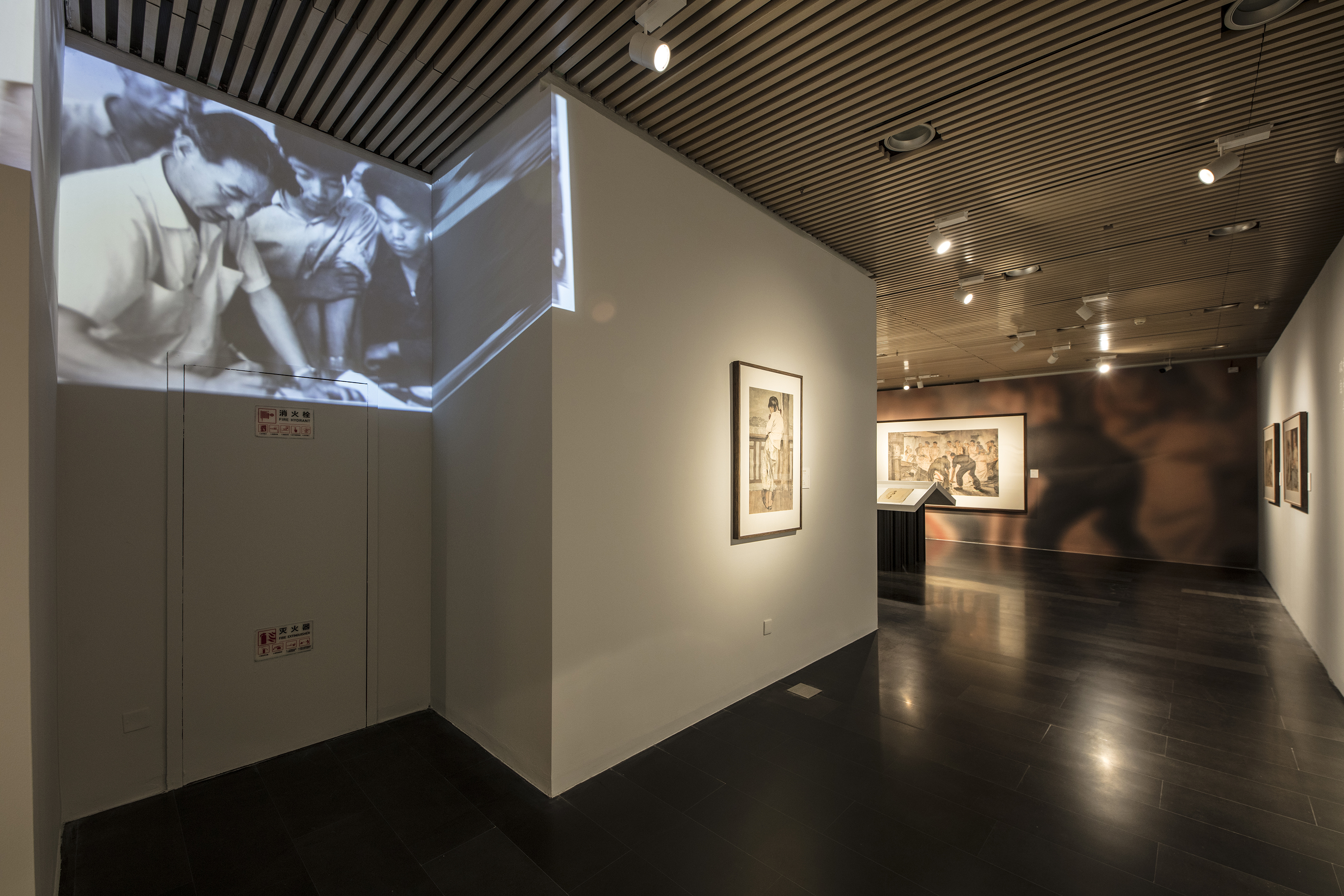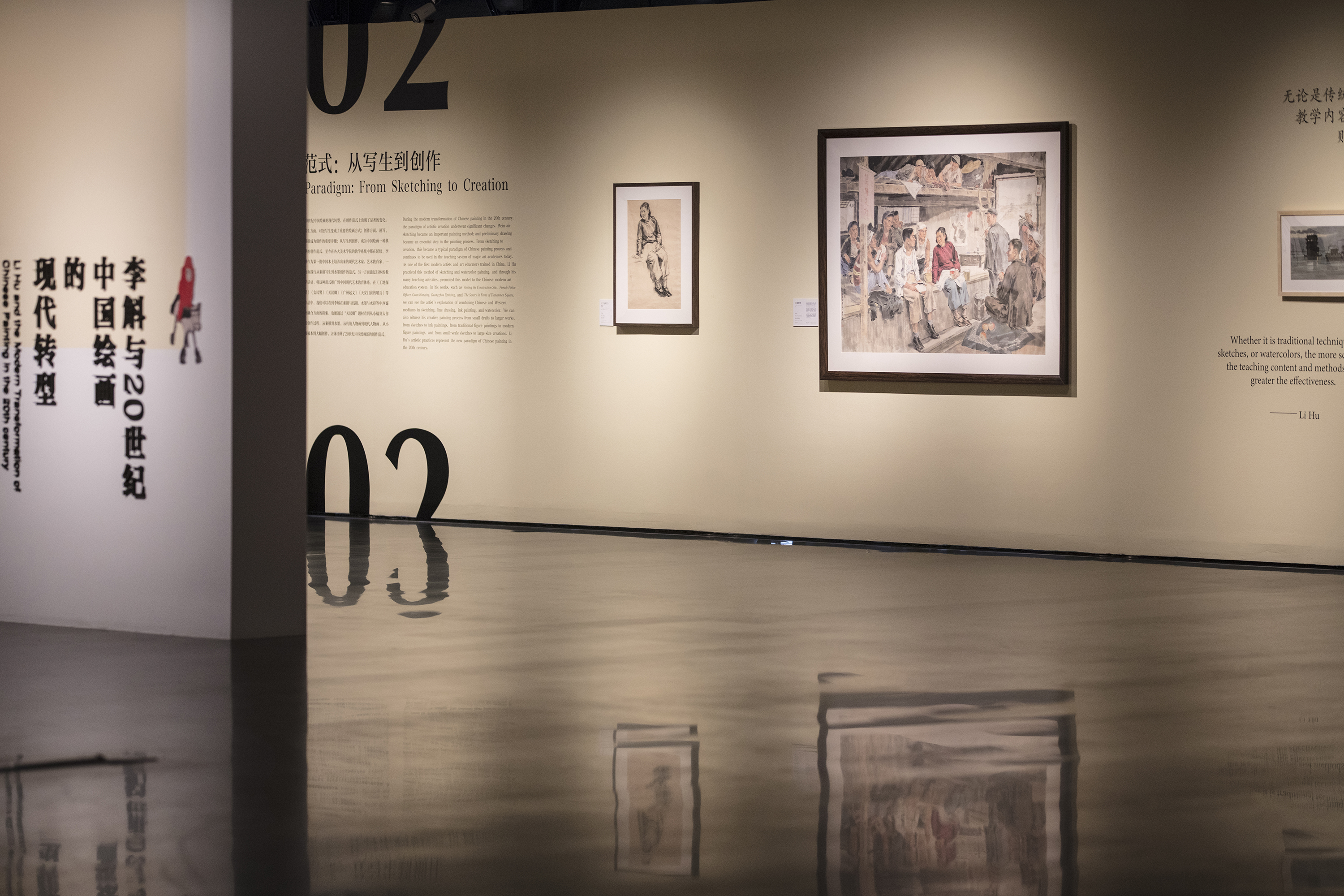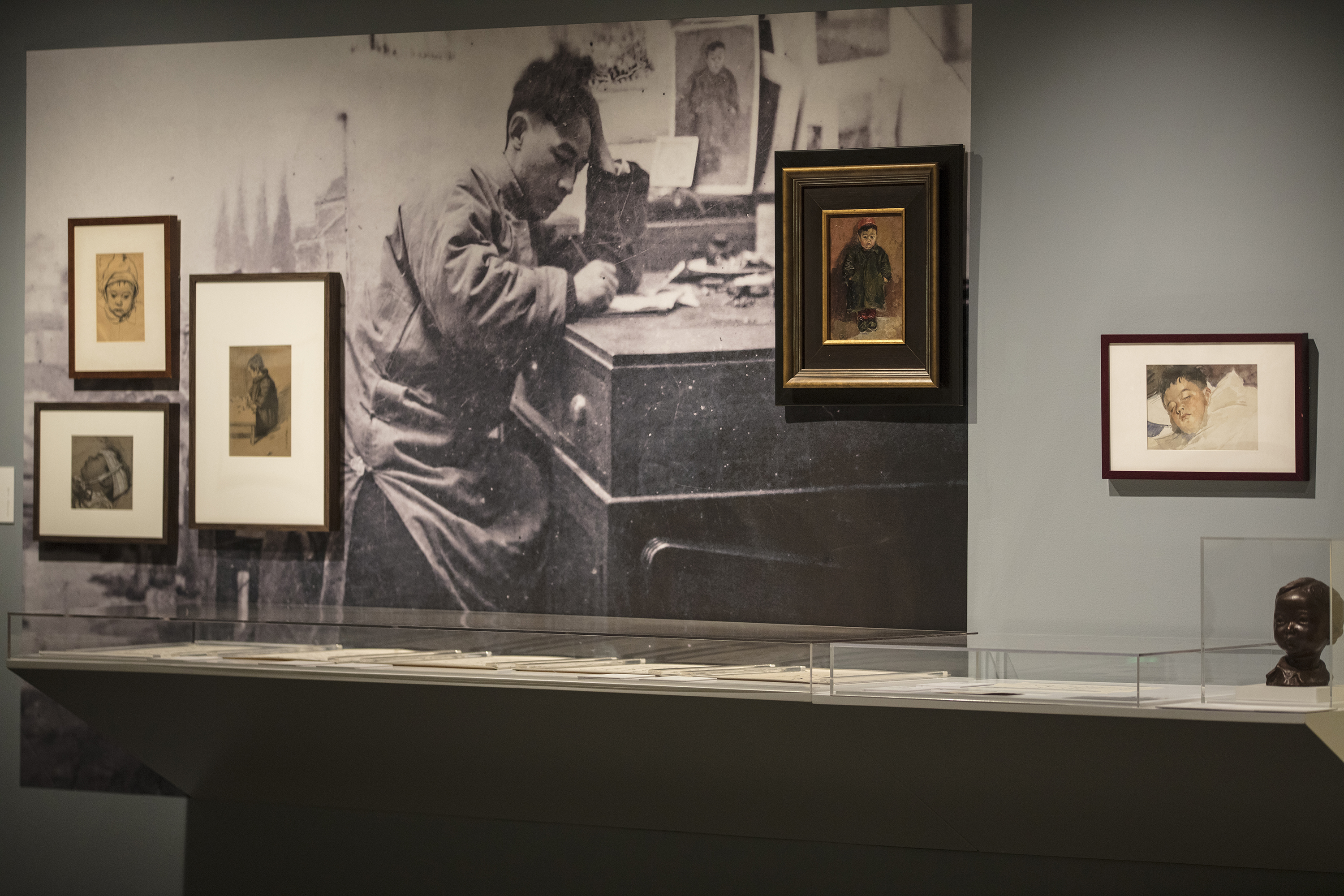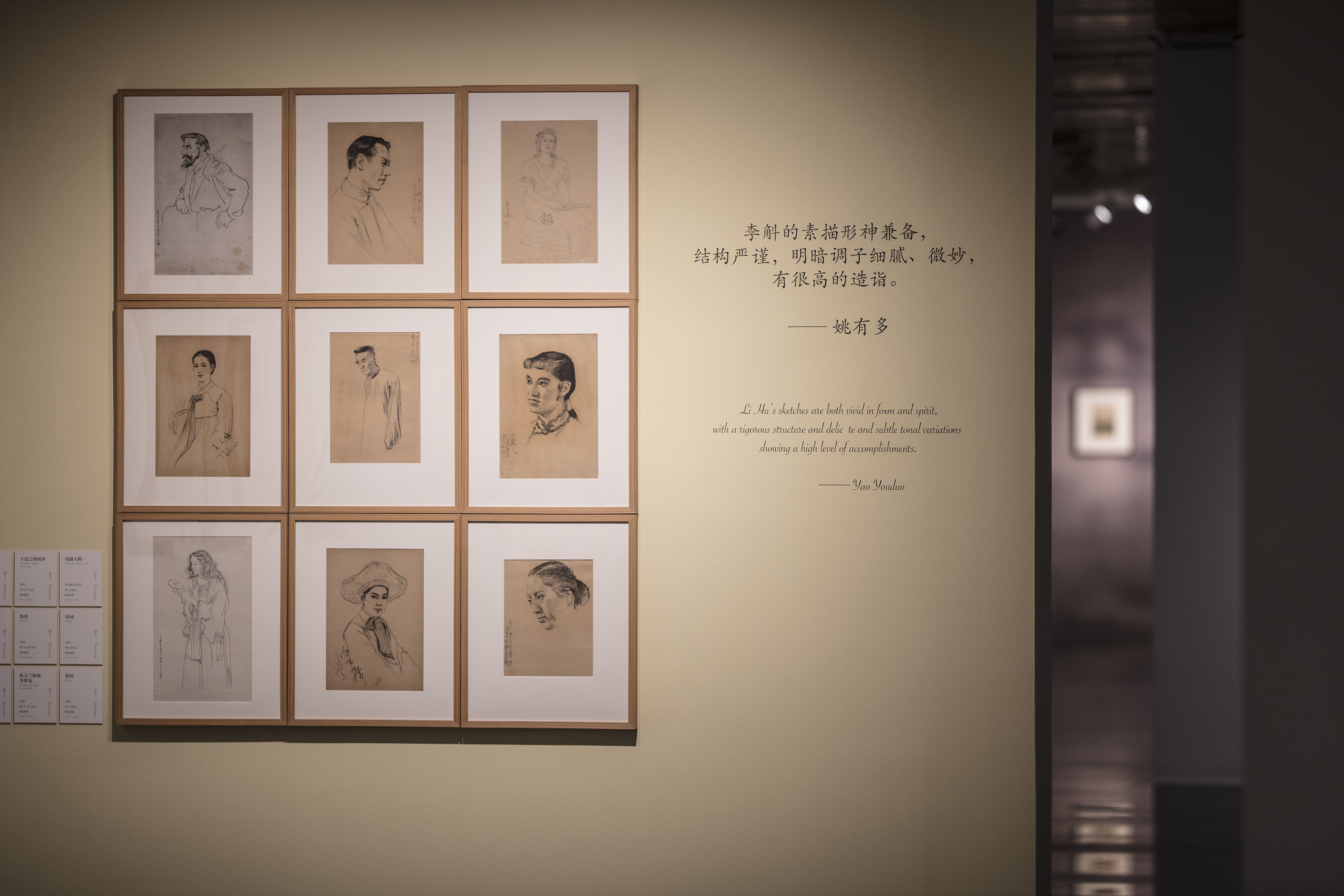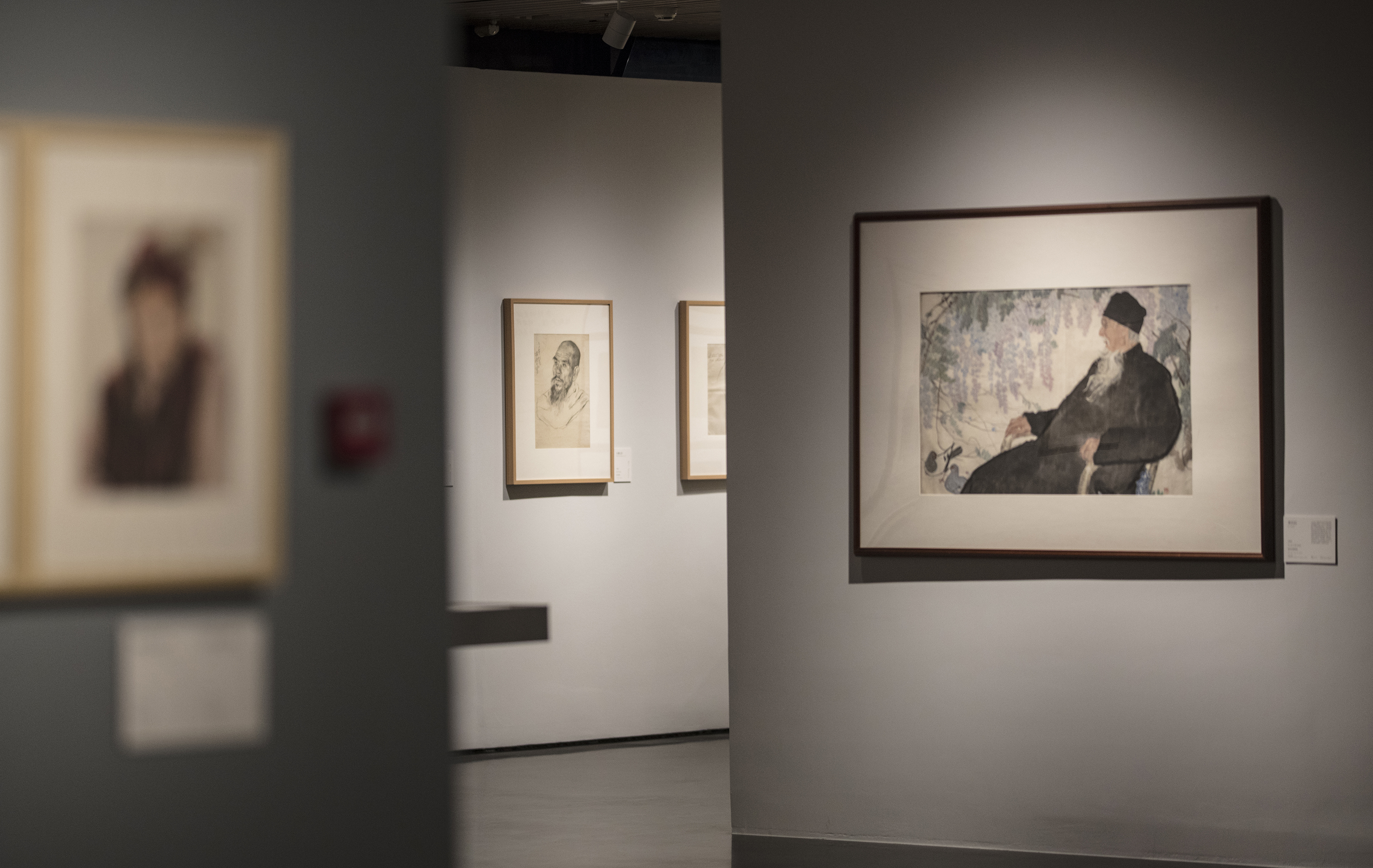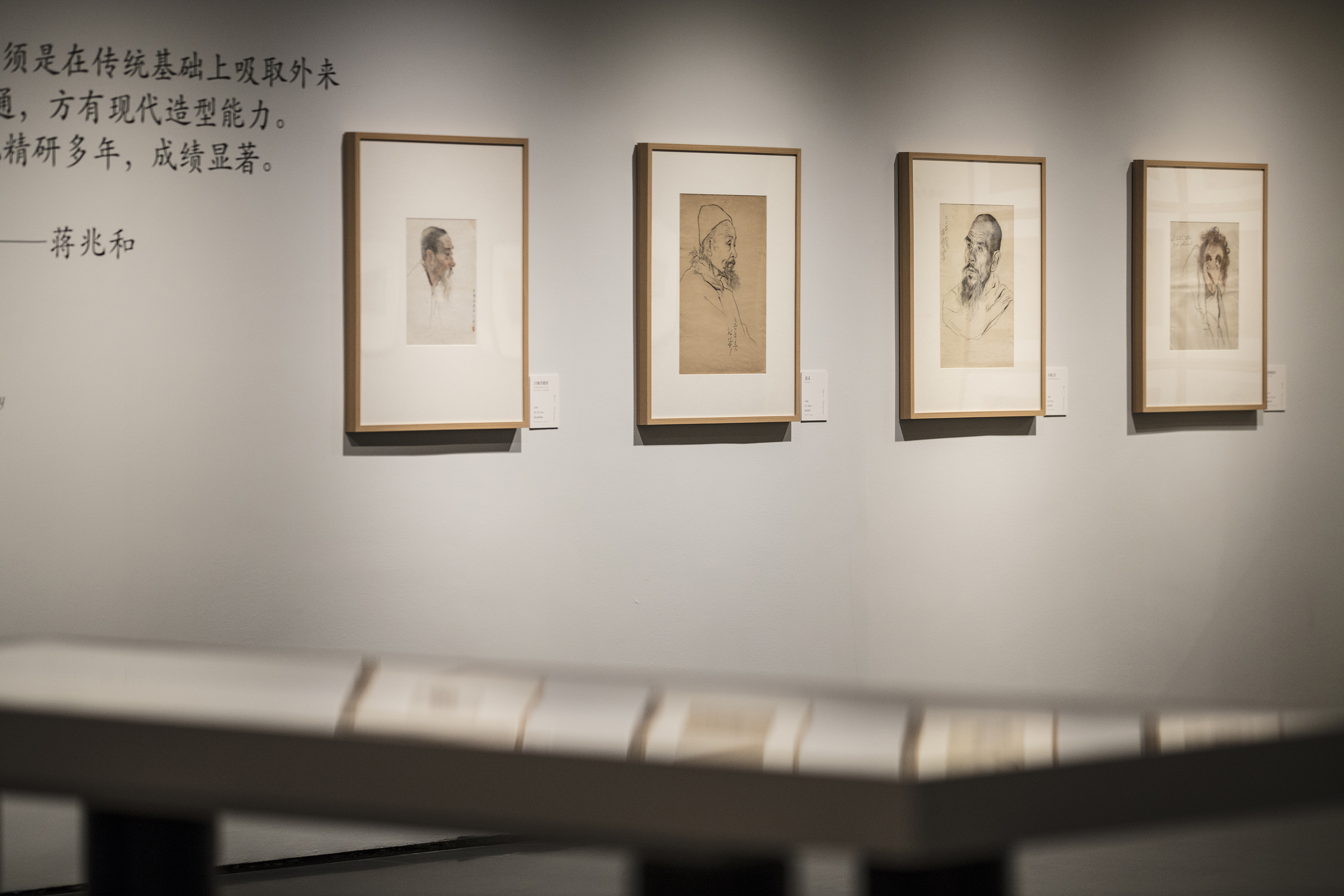Past Exhibitions>
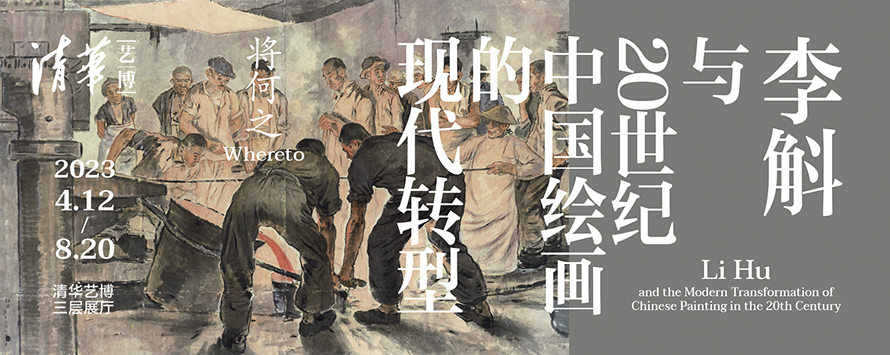
What role did Li Hu play in the modern transformation of Chinese painting in the 20th century? What insights can we gain from this modern transformation? This exhibition showcases over 150 paintings by Li Hu, including ink paintings, paintings with colors, oil paintings, sketches, and speed sketches. It aims to explore how the painter’s personal endeavors and the modern transformation of Chinese painting unfolded within the broader context of 20th-century Chinese society. This exhibition starts with the artist’s self-portraits and is followed by four sections: “Horizon: From Chongqing to Tsinghua,” “Paradigm: From Sketching to Creation,” “Pursuit of Truth: From Life to Art,” and “Landscape: From Mountains and Rivers to Scenery.” These sections examine Li Hu’s contribution to the modern transformation of Chinese painting from four angles: artistic concepts, creative paradigm, the relationship between art and life, and the transition from landscape to scenery. The exhibition’s title, “Whereto,” is derived from a small painting by Li Hu, which not only reflects the artist’s personal thoughts but also questions about the direction of Chines painting in the 20th century— “where is Chinese panting heading to?” Without a doubt, in the modern transformation of Chinese painting in the 20th century, Li Hu embarked a journey to explore the possibilities of inheriting and combining the strengths of traditional Chinese art and Western classic painting. Where this journey will lead us is a question we must continue to confront today.
